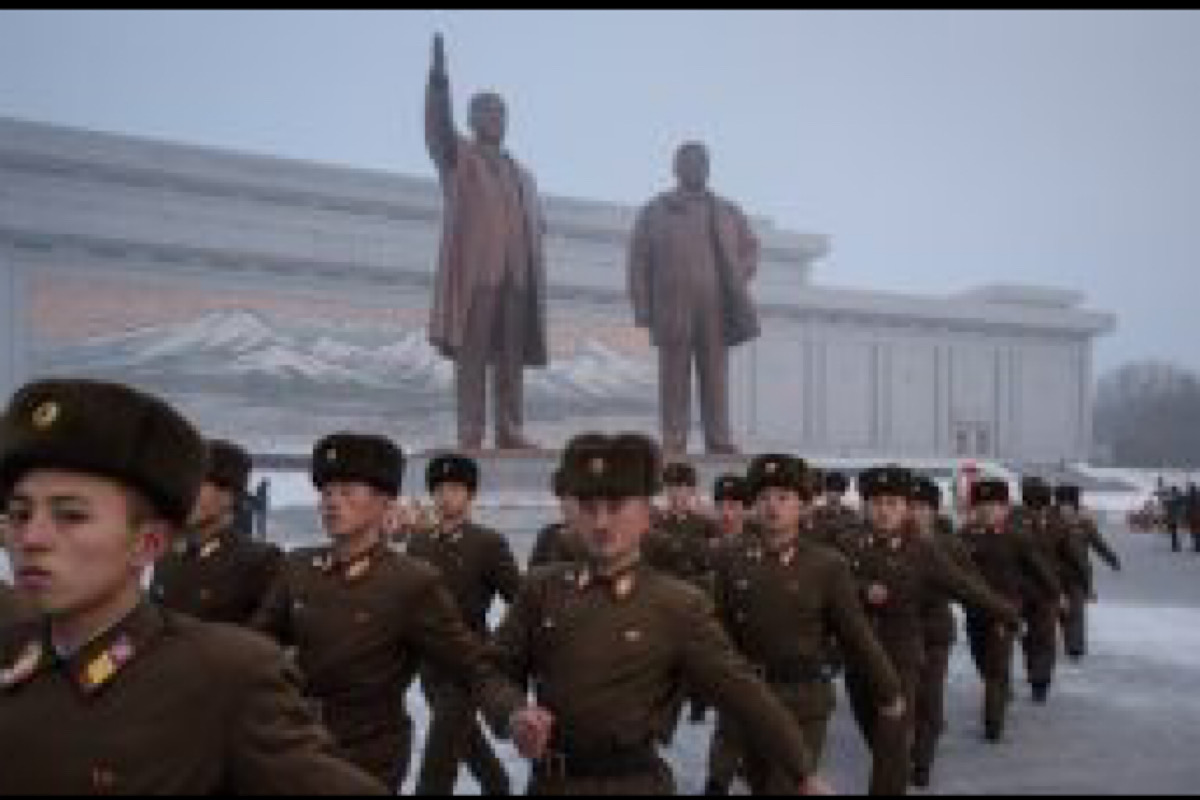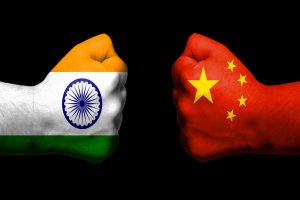The 70th anniversary of the Korean War Armistice observed on 27 July should have been an occasion for all involved parties to express a higher commitment to peace.
However, the grim realities of the region were reflected more in increasing tensions than in better prospects for peace. Just a little before this anniversary, a nuclear-powered submarine of the USA reached South Korea and in response North Korea fired ballistic missiles into the sea. This came on top of growing nuclear weapon related escalations of recent times. All this is certainly not what it should be.
The 70th Armistice anniversary should have been a time for taking the peace process forward, not backward. In fact the peace process initiated to end the Korean War of 1950-53, was left half-complete as only an armistice was signed, and not a peace treaty. The follow-up in the form of a comprehensive peace treaty never took place, and instead what one actually saw were several violations of the armistice.
The situation became more serious after North Korea acquired nuclear weapons and delivery systems. With this the prospects of the Korea region again becoming the flashpoint of a much bigger conflict involving big power rivalry increased. Such a situation becomes most dangerous from the point of view of the peace and safety of the people of Korea, as they have learnt from past experience. After living together as one country for centuries, the Korean people have faced increasing strains for over a century. In 1910 Korea was annexed by an increasingly aggressive Japan.
With World War II ending in the defeat of Japan, the Korean people had expected a return of freedom and peace. Instead as American and Soviet armies entered different parts of the country, the people got divided into South and North Korea. These tensions culminated in the 1950-53 war, which saw the UN army with a huge US component fighting the Chinese army, the two rival big powers having entered the conflict on the sides of South and North Korea respectively. This proved to be one of the most destructive wars ever.
The immense destruction included the havoc created by very large-scale bombings by US planes and several massacres. The toll of civilians was abnormally high. Many cities had vast areas destroyed completely. When finally an armistice was signed in mid-1953, South Korea was still not involved in it. The signing parties included North Korea, the UN Force and China. Hence the process of peace was left half-complete, or perhaps only quarter complete. What is worse, the tensions have continued to increase due to several factors, including the several violations of the armistice, the various stages of the acquisition of nuclear weapon capability by North Korea and the continued presence of significant US army bases in South Korea. An additional reason for rising escalation and concern relates to the increased hostility between the USA and China in recent times. While Taiwan has been more frequently seen as the potential flashpoint of a possible conflict between
China and the USA, the Korean peninsula is also very important as this region is most likely to be heavily influenced by any breakout of hostilities. However, from the perspective of peace and safety for the people of Korea, their welfare is best achieved if either the big powers do not fight in the first place, or else at least keep the Koreans out of their big fights. After the loss of more than 2 million lives and the destruction of vast areas, the Koreans are more familiar than most other people with the high risks of being caught in the conflicts of big powers.
When most of the world was recovering with considerable relief from the ravages of the Second World War, the Korean people, contrary to their hopes of recovering from decades of exploitation and annexation, were thrown into a much more destructive phase of endless air bombings and massacres. What is more, they learnt that even as big rival powers claimed to be helping different segments of the Korean people, in actual effect the Koreans got divided more and more and also suffered the most.
Learning grim lessons taught by the history of the past century, the Korean people should very carefully strive to achieve a future of peace and safety, and one of the best ways of realizing this is to work for the peace of all Korean people while staying away from becoming pawns or proxies in big power rivalries.
There are nearly 52 million people today in South Korea and nearly half this number in North Korea, according to the latest available data. They must decide whether they want to go back to their centuries of living together, or if they want to co-exist peacefully as two separate countries. Any of these choices should be acceptable, as long as there is no conflict, and any differences are settled by negotiations, with the people deciding not to be a part of any conflict between bigger powers.
To make this possible, there should be a strong peace movement in both Koreas which should be helped and not hindered by their respective governments. This movement should work with continuity and commitment to take this message of peace to more and more people. In the course of this continuing dialogue, the opinion of most people will also emerge on whether they want to be united, or whether they want to go on as two distinct countries but with a firm base of maintaining peace between.
(The writer is Honorary Convener, Campaign to Save Earth Now. His recent books include Planet in Peril, Protecting Earth for Children, Earth without Borders and A Day in 2071.)












